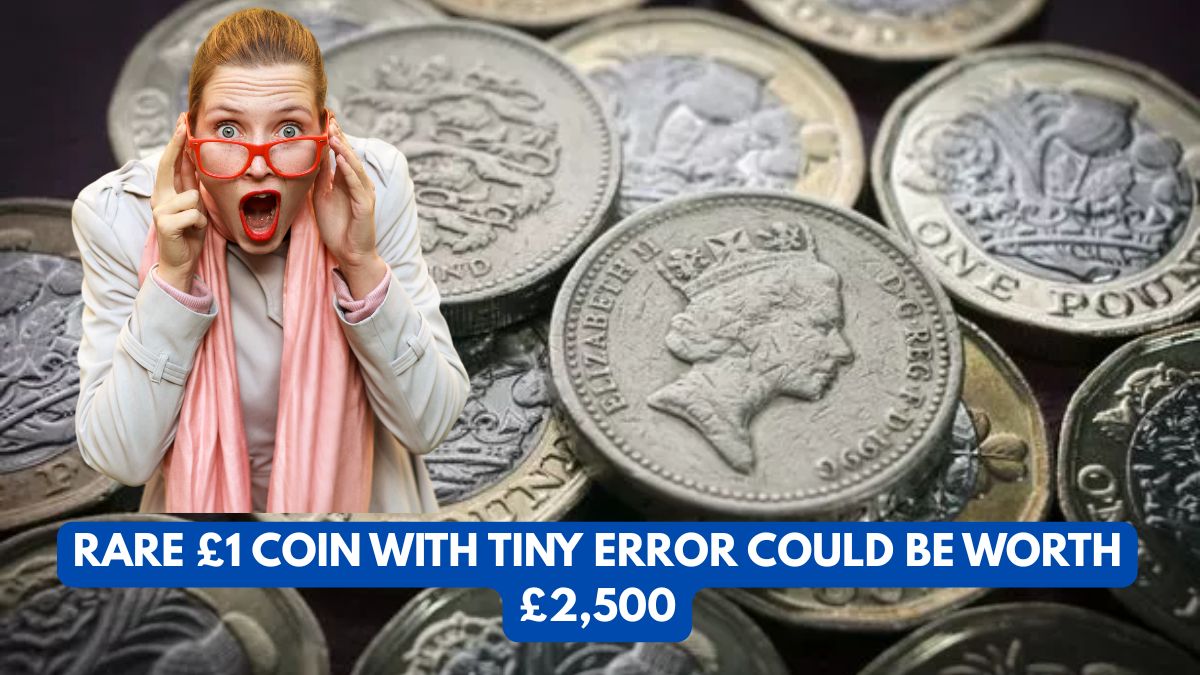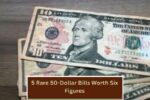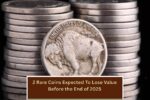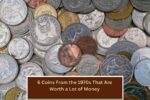If you’ve got a pile of spare change lying around, it might be time to take a closer look. A rare £1 coin featuring a minting error has recently sold for £2,500, shocking collectors and prompting a wave of searches through UK coin jars.
What Makes This £1 Coin Special?
The coin in question is a 12-sided £1 coin introduced in 2016, often referred to as the “new” pound coin. While millions were minted, only a few are believed to feature a rare mistake that makes them incredibly valuable.
According to Royal Mint standards, the front (obverse) of the coin should match the year on the edge lettering. But in this case, the obverse reads “2016,” while the micro-lettering along the edge shows “2017.”
This dual-date error is not supposed to exist, making the coin an extreme rarity. One such coin was reportedly sold to a collector in Spain for a staggering £2,500.
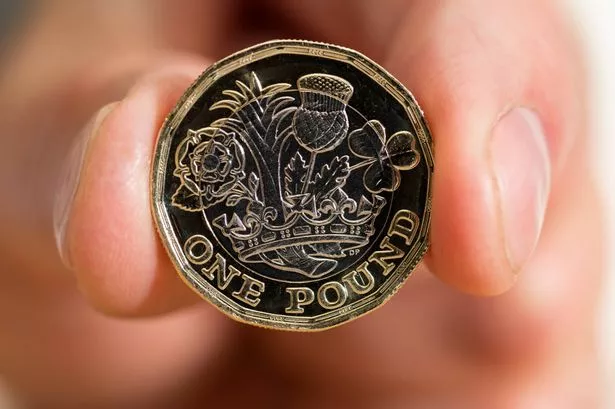
Background: The 12-Sided Pound Coin
Introduced to replace the older round pound in 2017, the 12-sided £1 coin was marketed as the “most secure coin in the world.” It features:
- A bi-metallic design (gold outer ring and silver inner core)
- Hologram-like image that changes from ‘£’ to ‘1’
- Micro-lettering and milled edges for added security
- A hidden security feature to prevent counterfeiting
Other Valuable £1 Coin Errors
While the dual-date error has fetched the highest price so far, several other error coins have made headlines:
- “Fried Egg” Coin – A misaligned center gives it an odd appearance. One sold for £257 on eBay.
- Double-Struck £1 Coin – Caused by the coin being struck twice during minting. One fetched £366.
- Off-Centre Queen’s Head – An obvious alignment issue led to a £253 sale on eBay.
Be Wary of Fakes
The high price tags of error coins have made them a target for counterfeiters and scammers. Experts recommend the following:
- Do not trust listings blindly on resale platforms like eBay or Facebook Marketplace.
- Get your coin authenticated by The Royal Mint or a certified numismatist.
- Use reputable services for verification such as Coin Hunter or Change Checker.
Expert Advice and Authentication
Expert numismatists warn that altered or counterfeit coins are frequently passed off as mint errors. According to a Mirror report, coins that appear to have faults may have been tampered with to appear valuable.
How to Sell Your Rare Coin
If you suspect you have one of these rare coins, follow these steps:
- Authenticate the coin through a reputable service.
- Check current listings on eBay and coin forums to gauge value.
- Use trusted auction platforms like eBay or the London Coin Auction.
- Be ready to provide clear images of both sides and edge lettering.
- List with full details, including weight and dimensions for verification.
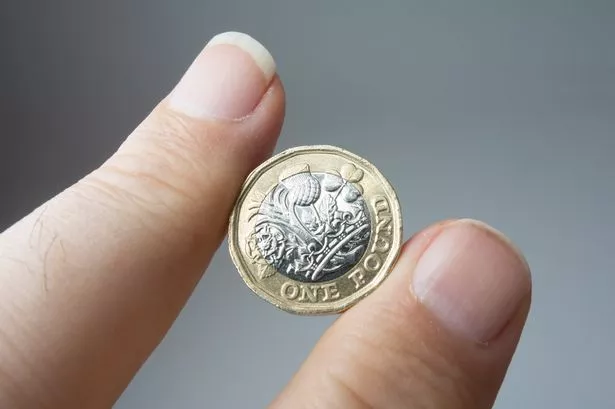
Final Thoughts: Could You Be Sitting on a Small Fortune?
While rare, these error coins prove that hidden treasures can exist in everyday places. Whether it’s in your car, your wallet, or a forgotten piggy bank, that £1 could be worth far more than face value—if you know what to look for.
Before getting too excited, always verify your findings and consult reliable sources. If confirmed, your little coin might just be your next big payday.
This article has been carefully fact-checked by our editorial team to ensure accuracy and eliminate any misleading information. We are committed to maintaining the highest standards of integrity in our content.

Deepak Grover is a dedicated content writer at OTE News, specializing in government affairs, public policy, and current events. With a keen eye for detail and a passion for factual reporting, he ensures readers receive accurate and insightful news. Deepak holds a degree in Political Science and has experience in research-driven journalism.
When not writing, he enjoys reading historical books, exploring hiking trails, and staying updated with global political trends. His commitment to ethical journalism makes him a trusted voice at OTE News.

